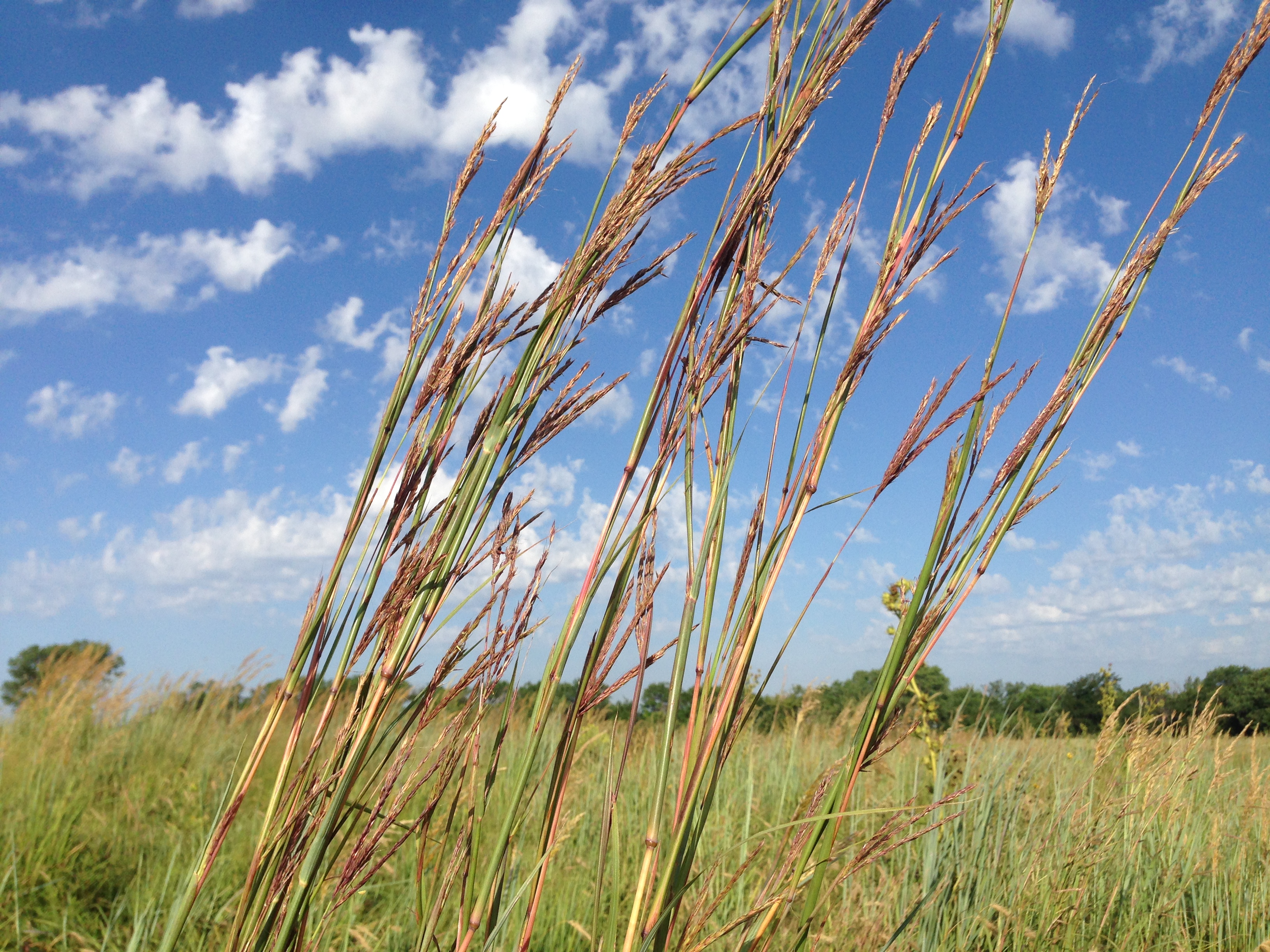“Reversing deforestation is complicated; planting a tree is simple.”
– Martin O’ Malley, Former Governor of Maryland and Mayor of Baltimore.
When I first read this saying, I automatically changed it in my mind. I changed it to “reversing prairie degradation and loss is complicated; planting a wildflower is simple“. Granted, we appreciate trees in Kansas. But more than trees, we need to plant prairie to reverse the losses to our signature landscape. Only one percent of the original prairie remains—99 percent of prairies are gone. The rich prairie land is now used to produce crops and raise livestock. Only a few pockets of prairie still survive in their original form, including the Flint Hills.
I grew up on a farm and learned so much from farm life. I know the value of the land. I understand how hard it is to eke out a living working the land. There is a richness of the soil precisely because it was once prairie. Conservation of the soil is vital to the success of any farm. Stewardship of the land is understood. We can’t take the land away from the farmers and landowners, but we also can’t let the prairie disappear forever either. We need the food that this land produces and we need to save this almost extinct ecosystem. It is complicated on so many levels.
I believe the solution to the prairie paradox is to allow for and encourage individuals to make small steps, such as choosing to plant native wildflowers and grasses in our own yards and landscapes. Just like remnant prairies that dot the landscape, our small gardens can have an impact. This impact can be multiplied with each new wildflower and each new garden that is established. By choosing to establish just a few native plants, we can begin the slow process of reclamation, rejuvenation and renewal of this lost landscape. Large expanses of prairie are never coming back, but a patchwork landscape of our own native plants seems doable.
Larger prairie restorations are a challenge. They can take years to get established and even then the results will almost always fall short of the original prairie. I can remember looking at a prairie restoration in Wisconsin that had been seeded over 20 years earlier. The guide noted that the prairie had just started looking like the original prairie. It took that long to develop into something that resembled a true prairie. I am not saying that we shouldn’t plant new prairie. If anything, we should start now so the transformation can begin. A “new prairie” does not develop overnight. It takes time and is complicated by so many different factors. We should have realistic expectations and be patient.
Even our Prairie Window Project is continuing to mature. It is now nearly 10 years old. We have worked hard to keep the trees and yellow sweet clover out of the prairie. We planted the prairie with good diversity of wildflowers and grasses but even that is no guarantee of success. The impact of farming on the land, weed competition with new native seedlings, management regiments and many other influences can have detrimental effects on a prairie reconstruction slowing the transformation. These examples demonstrate how complicated it can be to change a farm field to a prairie. It is costly, time consuming and unpredictable.
We should keep planting native plants because it is the right thing to do. Plant a prairie if you can. Reclaim a prairie if you can. The prairie ecosystem, unique to North America, is an important part of our natural heritage. Native pollinators need these plants for their survival. Native wildflowers and grasses create habitat for wildlife. We should be aware of the many benefits of native plants. Obviously, native plants are worth the effort. Remember, planting a wildflower is simple –why not start today?




